Chicken Breed Flavor Matchmaker
Select your cooking method to discover which chicken breeds best match your desired flavor profile and technique. Based on the latest research into poultry flavor development.
Recommended Breeds
Flavor Match: ★★★★☆Why This Match?
When you bite into a perfectly cooked piece of poultry, the flavor can make or break a meal. But not all chicken is created equal - the breed, how the bird is raised, and even the cooking method all play huge roles. This guide breaks down the most flavorful chicken varieties on the planet, compares what makes each special, and gives you practical tips to bring out the best taste every time you cook.
Key Takeaways
- Heritage breeds like Bresse, Ayam Kampung, and Jersey Giant consistently rank highest for flavor.
- Free‑range and pasture‑raised birds develop richer taste thanks to varied diets and exercise.
- Cooking techniques such as high‑heat roasting or sous‑vide followed by searing lock in juiciness and deepen umami.
- Simple steps - brining, dry‑aging, and proper seasoning - can turn an ordinary bird into a gourmet experience.
- Use the comparison table below to pick the best breed for your next recipe.
Why Does Chicken Taste Different?
Flavor comes from three main factors: the bird’s genetics, its diet and environment, and the way you cook it.
Chicken meat is a type of poultry protein that varies in fat content, muscle fiber type, and connective tissue based on breed and rearing practices. Heritage chickens usually have more muscle fibers that produce a richer, slightly gamey taste, while industrial broilers are bred for rapid growth and tender, but milder, flesh.
Birds that roam pasture eat insects, seeds, and grasses, which adds natural oils and micronutrients that translate to a deeper umami flavor. In contrast, grain‑only feed yields a blander profile.
Finally, cooking method influences moisture retention and Maillard browning - the chemical reaction that creates those caramelized, savory notes we love.
Top Flavorful Breeds Around the World
Below are the most celebrated chicken breeds for taste. Each entry includes a brief description, typical flavor notes, and the ideal cooking style.
Bresse chicken is a French heritage breed from the Bresse region, recognized by the European Union’s protected designation of origin (PDO). Its meat is buttery, tender, and slightly nutty thanks to a diet rich in corn and a slower growth rate. Roast whole Bresse chicken over a wood fire for the classic experience.
Ayam Kampung (Indonesian village chicken) is a free‑range, mixed‑breed bird raised on insects and kitchen scraps. It boasts a pronounced gamey flavor and firmer texture. Grilling or deep‑frying brings out a crisp skin while preserving the deep meat taste.
Jersey Giant is one of the largest heritage breeds, originally developed in the United States for both meat and eggs. Its meat is dense, with a slightly sweet undertone. Slow‑roasting at low heat followed by a high‑heat finish yields juicy, flavorful results.
Silkie chicken is an Asian breed known for its black skin and high fat content. Its meat is exceptionally moist and has an almost creamy texture, making it perfect for soups and braises where the richness can shine.
Free‑range chicken isn’t a single breed but describes birds raised with outdoor access. These chickens develop a moderate flavor boost over conventional factory‑farmed birds, especially when fed a diverse pasture diet.
Cornish Cross is the most common commercial broiler, prized for its rapid growth and tender meat. While convenient, its flavor is milder than heritage breeds, so many cooks add marinades or brines to enhance taste.
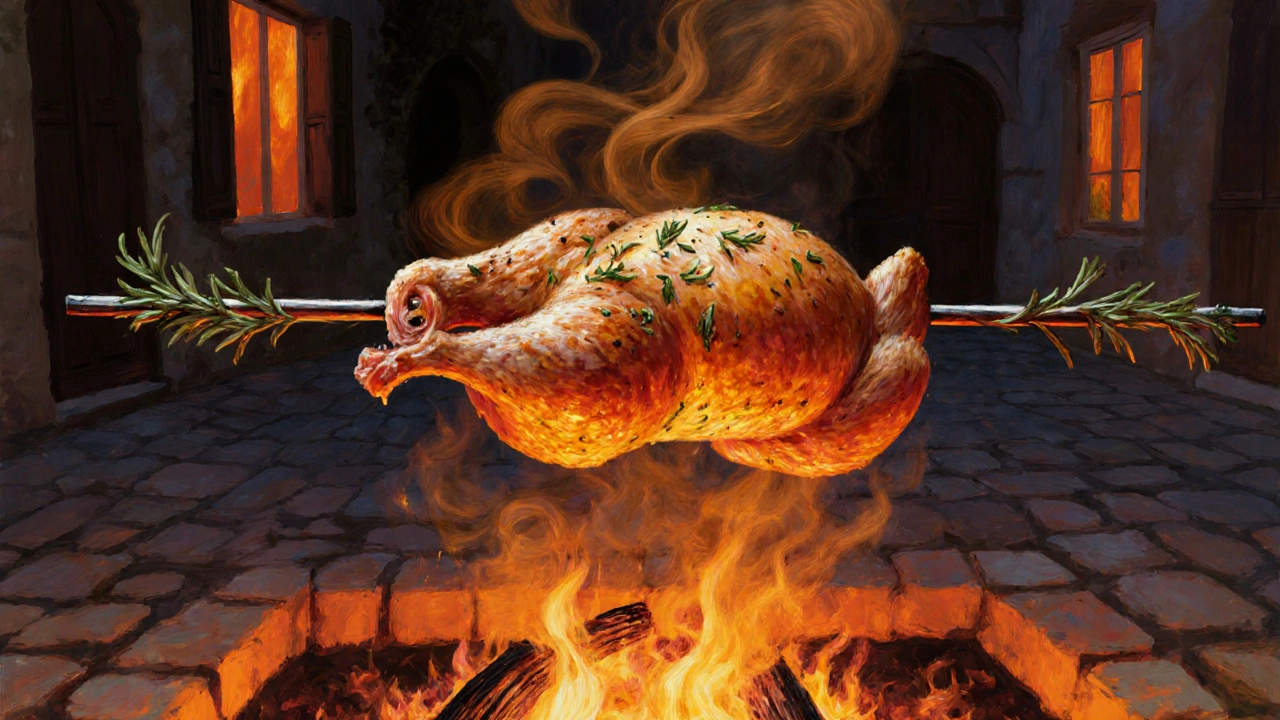
Flavor Comparison Table
| Breed | Typical Flavor | Texture | Best Cooking Method | Key Raising Factor |
|---|---|---|---|---|
| Bresse | Buttery, nutty | Tender, slightly firm | High‑heat roast | Pasture + corn diet |
| Ayam Kampung | Gamey, earthy | Firm, lean | Grilling or deep‑fry | Free‑range, insect diet |
| Jersey Giant | Sweet, mild | Dense, meaty | Slow roast + blast | Heritage, slow growth |
| Silkie | Creamy, rich | Very moist | Braise or stew | High fat, black skin |
| Free‑range (mixed) | Moderately rich | Balanced | Roast or grill | Outdoor access, varied feed |
| Cornish Cross | Mild, subtle | Very tender | Quick sauté or fry | Intensive feed, fast growth |
Cooking Techniques That Unlock Flavor
Even the best‑tasting bird can fall flat if you cook it wrong. Here are three methods that consistently amplify chicken’s natural umami.
- High‑heat roasting: Start at 425°F (220°C) for the first 20 minutes to create a golden crust, then lower to 350°F (175°C) to finish cooking gently. This balances crisp skin with juicy meat.
- Sous‑vide + sear: Cook the bird at 148°F (64°C) for a few hours in a water bath. The precise temperature locks in moisture. Finish with a quick sear in a hot pan for caramelized edges.
- Grilling over charcoal: Charcoal adds a smoky depth that complements gamey breeds like Ayam Kampung. Use indirect heat for larger pieces to avoid drying out the interior.
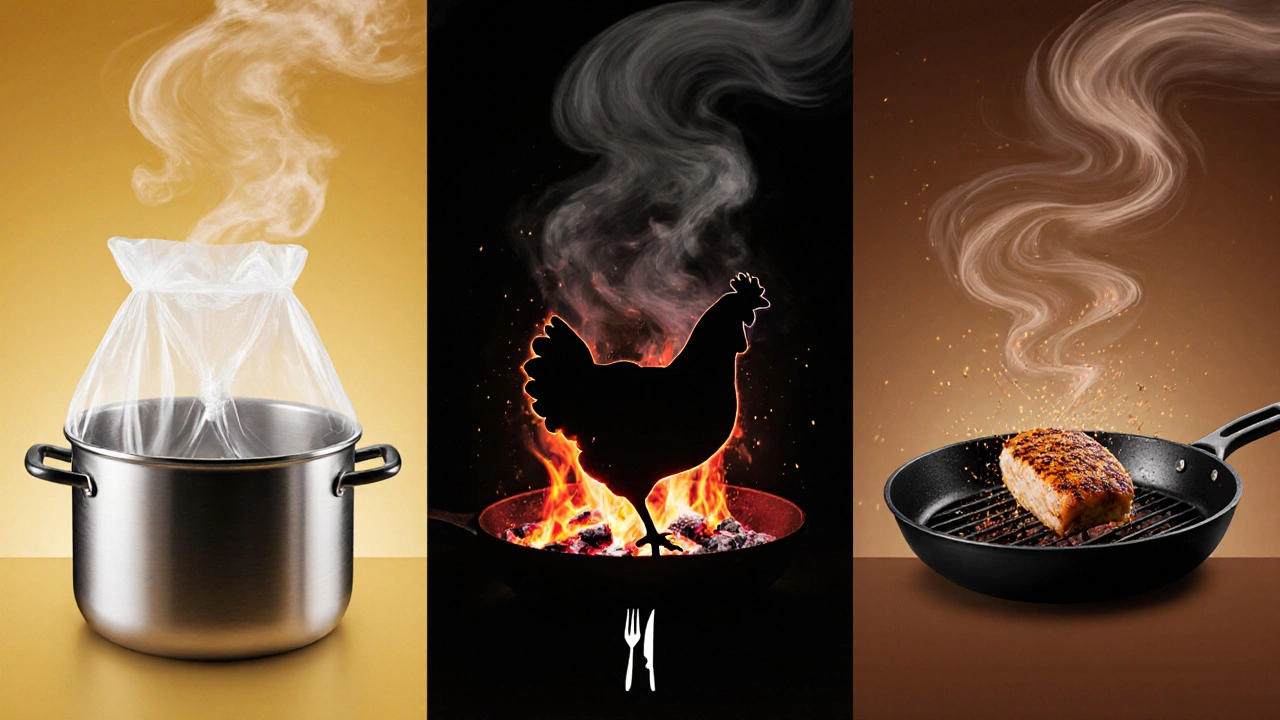
Pro Tips to Maximize Flavor
- Brine first: A basic brine of water, salt, and a touch of sugar for 2-4 hours adds moisture and subtle seasoning.
- Dry‑age the bird: Let a whole chicken rest uncovered in the fridge for 12-24 hours. The skin dries out, resulting in a crisper finish.
- Season with umami boosters: A sprinkle of grated Parmesan, miso paste, or mushroom powder before cooking deepens the savory profile.
- Rest after cooking: Let sliced chicken rest for 5-10 minutes. This redistributes juices and prevents a dry bite.
- Use aromatics wisely: Herbs like thyme, rosemary, and sage work best when added to the pan during the last 10 minutes of cooking, allowing their oils to infuse without burning.
Choosing the Right Breed for Your Recipe
If you’re planning a quick weeknight stir‑fry, a Cornish Cross or free‑range bird will give you tender meat that cooks fast. For a special dinner like a holiday roast, splurge on Bresse or Jersey Giant - the richer flavor justifies the extra effort.
Remember, the bird’s age matters too. Younger birds (around 6‑8 weeks) are milder, while birds older than 12 weeks develop the deep, complex notes prized by chefs.
Frequently Asked Questions
Which chicken breed tastes the best for roasting?
Bresse chicken is widely regarded as the ultimate roasting bird because its butter‑rich meat and natural diet create a nutty, succulent flavor that shines under high heat.
Can I get a flavorful chicken from a grocery store?
Look for labels like “free‑range”, “heritage”, or “pasture‑raised”. These birds are usually raised on a more varied diet, which adds extra flavor compared to conventional broilers.
Is sous‑vide worth the extra effort for chicken?
Absolutely, especially for leaner breeds like Ayam Kampung. The precise temperature prevents drying, and a quick sear afterward gives the satisfying crust you crave.
How long should I brine a whole chicken?
Two to four hours in a basic salt‑water solution is ideal. Longer brines can make the meat too salty, while short brines won’t add enough moisture.
Are heritage chickens more expensive for a reason?
Yes. They grow slower, need more space, and often require special feed, which drives up cost. However, the payoff is a richer, more complex flavor that many cooks consider worth the price.
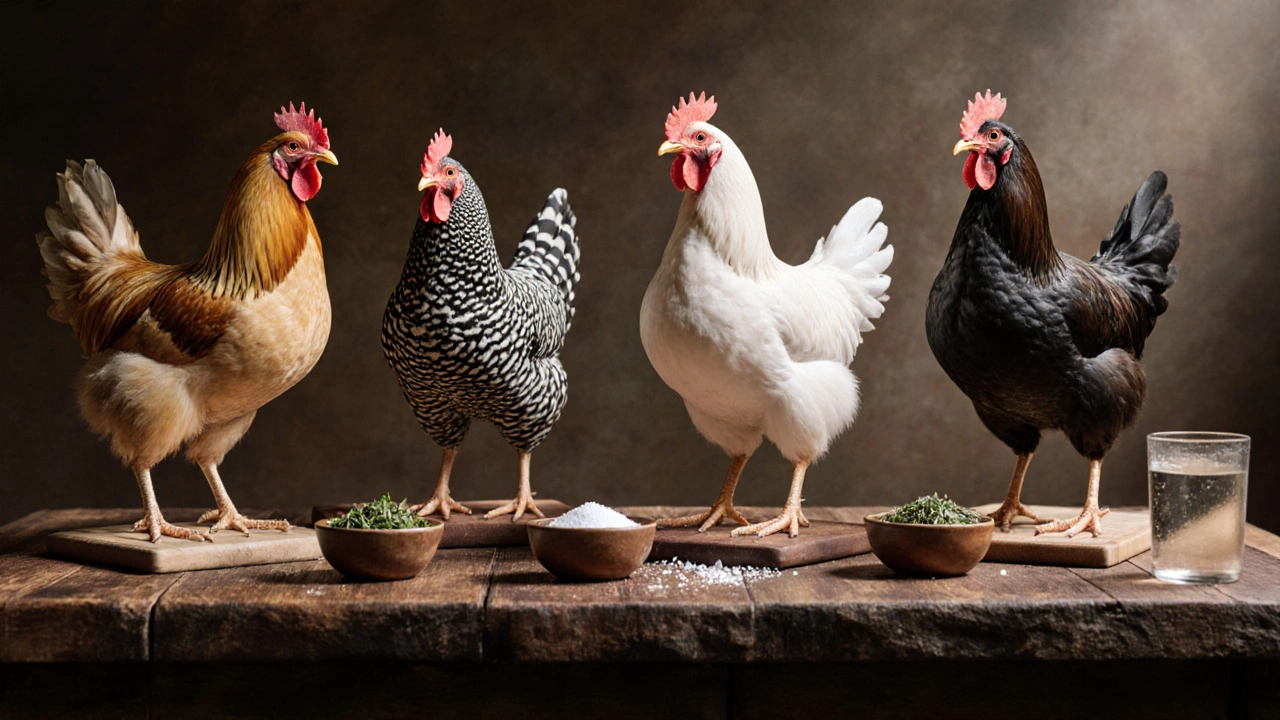

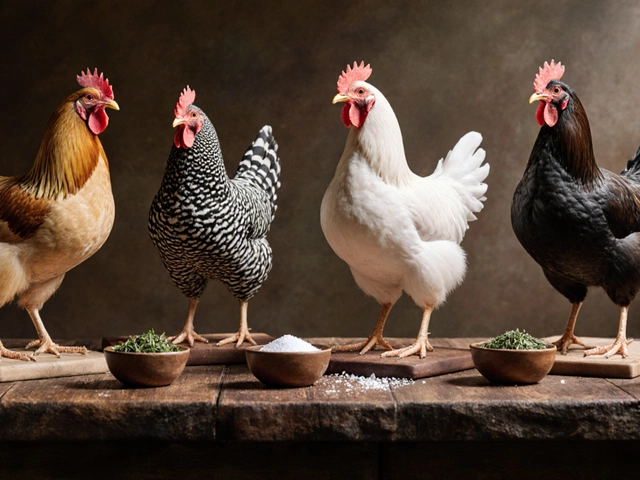
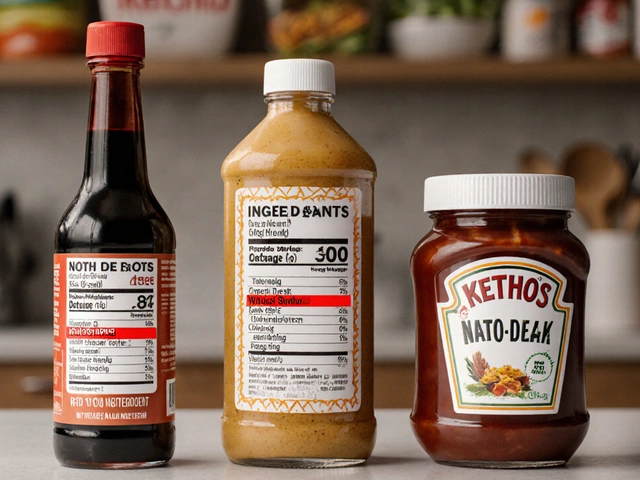
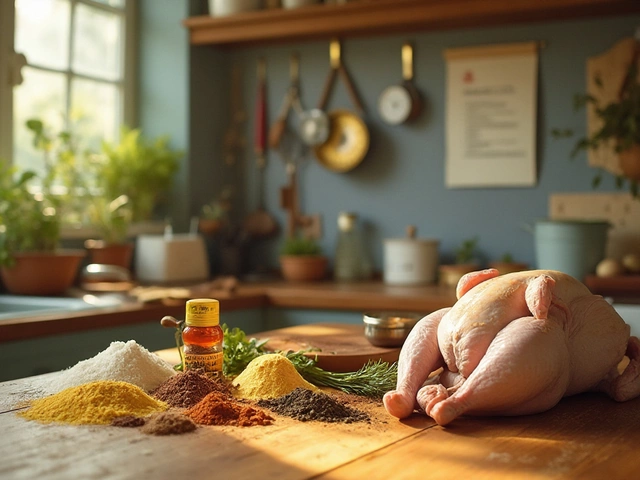


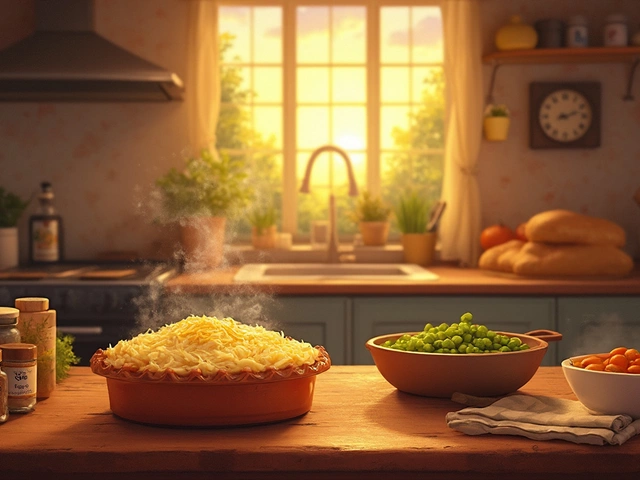
Write a comment